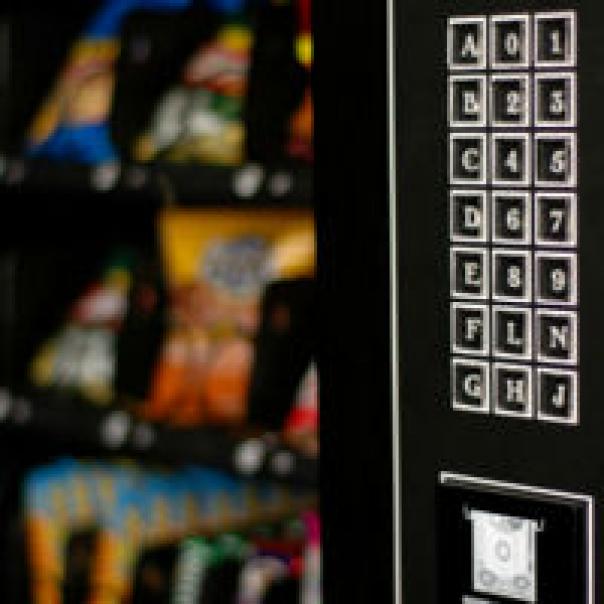
Vending Machines kill four times the number of people than sharks do every year. Between 1978 and 1995, 37 people were killed shaking vending machines trying to get free food.
Jelly babies were launched by Bassett’s in 1918 as “Peace Babies” to mark the end of the First World War.
The colour of the twist tie on bread packaging means something. The colour signifies the day of the week the bread was baked on. The practice of using these colour codes is not meant necessarily to be used by the customer, but actually meant to aid the person stocking the shelves.
In the early 1900s, Lobster was considered the “cockroach of the ocean” and was synonymous with the poor – often eaten regularly by the homeless, slaves and prisoners. It wasn’t until after World War II that lobster became considered a delicacy and a food associated with the aristocratic classes.
To accommodate workers at the World Trade Center construction site, Subway created a mobile restaurant that moved up the building as they finished each floor.
Peanut butter can be turned into diamonds! Scientists found that pressing peanut butter at a very high pressure can in fact turn it into a synthetic diamond.
In some Asian cultures, bird’s nest soup is not only a delicacy but a medicinal concoction, believed to aid digestion, strengthen the immune system and — perhaps its biggest selling point — increase libido. You might think that there must be some magical dried leaves and twigs in those nests to have such a power, but think again. These nests are actually made out of bird saliva, which has dried and hardened. That’s right; when you’re eating a bowl of bird’s nest soup, you’re having a bowl of spit (and other ingredients).